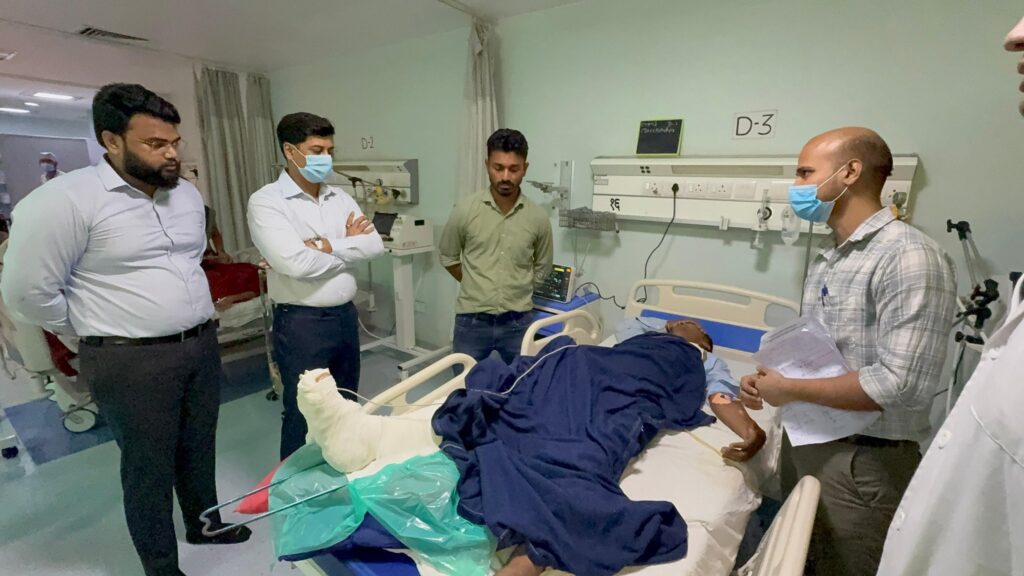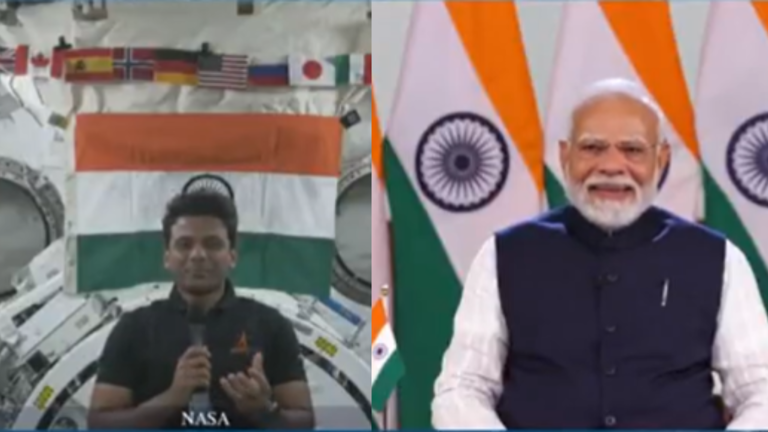Another Grim Reminder of Mumbai’s Rail Overload Crisis
On the morning of June 9, 2025, a tragic accident occurred on Mumbai’s suburban railway network — five commuters lost their lives and several others were seriously injured after falling from an overcrowded local train between Mumbra and Diva stations. Witnesses estimate that 10 to 12 people fell off the train while clinging to footboards during peak rush hour. The deceased were daily wage earners and office-goers trying to reach their destinations on time — another painful reminder of India’s railway infrastructure under chronic strain.
The incident has sparked public outrage, political statements, and renewed calls for urgent safety reforms in the Mumbai local train system, often referred to as the “lifeline of the city”. However, behind the headlines lies a systemic problem that has plagued the city for decades — overcrowding, lack of coaches, and ignored passenger safety.
What Happened Between Mumbra and Diva?
According to initial reports, around 10 to 12 passengers fell from a train heading toward Chhatrapati Shivaji Maharaj Terminus (CSMT) during the morning peak hours. The casualties occurred between Mumbra and Diva, a stretch notorious for overcrowding due to high population density and limited train frequency.
BIG NEWS 🚨 5 people dead after falling from local train in Mumbai due to overcrowding.
— Times Algebra (@TimesAlgebraIND) June 9, 2025
Later updates confirmed five deaths, with multiple injuries, including head trauma and fractures. Victims were rushed to Kalwa and Thane hospitals, where emergency services were activated. Sources cited footboard travel, a common practice among Mumbai commuters due to overcrowding, as the likely reason behind the tragedy.
This accident joins a long list of similar incidents. According to India Today, more than 51,000 people have died in Mumbai’s railway network over the last two decades. In 2022 alone, 700 people died after falling off moving trains — a chilling statistic that exposes how normalized such tragedies have become in the city.
Shrikant Shinde’s Response and the Mahayuti Government’s Assurances
In the aftermath, Shrikant Shinde, Member of Parliament and a key figure in the Mahayuti coalition government, visited the injured at Chhatrapati Shivaji Maharaj Hospital in Kalwa. He expressed condolences and promised that the state government would ensure proper medical care and support for the victims’ families.
Shrikant Shinde meets Local train victims in hospital & assures all help from Mahayuti Govt.
— Times Algebra (@TimesAlgebraIND) June 9, 2025
Eight passengers fell from a local train near Mumbra station. Several are feared dead, and many others are injured. https://t.co/TNssFXs58W
While Shinde’s gesture was seen as empathetic, netizens were far from satisfied. The X posts and comment threads were flooded with frustration and anger. People demanded immediate infrastructure upgrades, questioning why more coaches and shuttle services have not been introduced despite repeated accidents. While Others have highlighted the government’s tendency for “kadi ninda” (strong condemnation) without concrete follow-up. This sentiment resonates with Mumbai’s working-class commuters who have long been ignored by policymakers when it comes to public transport safety.
Railway Overcrowding in Mumbai: A Chronic and Deadly Crisis
This accident is not an isolated case but part of a long-standing safety crisis in Mumbai’s suburban rail system. Every day, over 7.5 million people rely on these trains. Most trains operate beyond capacity, especially during peak hours. Passengers often cling to doors, stand on footboards, or hang from train sides — turning travel into a daily life-threatening gamble.
Despite the Indian Railways implementing initiatives like CCTV surveillance, elimination of unmanned crossings, and increased security, core issues like train frequency, number of coaches, and station crowd management remain unaddressed. Mid-Day and Wikipedia both note patterns of repeat tragedies, including the 2025 Jalgaon train accident, showing that India’s railway modernization is failing to keep up with urban demand.
Activist groups and transport experts have repeatedly demanded the addition of shuttle services, extra rakes, and real-time crowd control mechanisms to ease congestion and improve safety. Until such systemic changes are made, fatalities due to overcrowding will likely continue.
The June 9, 2025 Mumbai train accident is not just about five lives lost — it’s about a system designed to fail its people under pressure. As the city mourns, the government must decide whether to treat this as a wake-up call or continue its trend of temporary band-aid solutions. Unless immediate steps are taken — such as increasing the number of train services, adding more coaches, and investing in modern rail infrastructure — the lifeline of Mumbai may continue to be a deathline for thousands. The people of Mumbai deserve better — not just condolences, but commitment and concrete action.





















